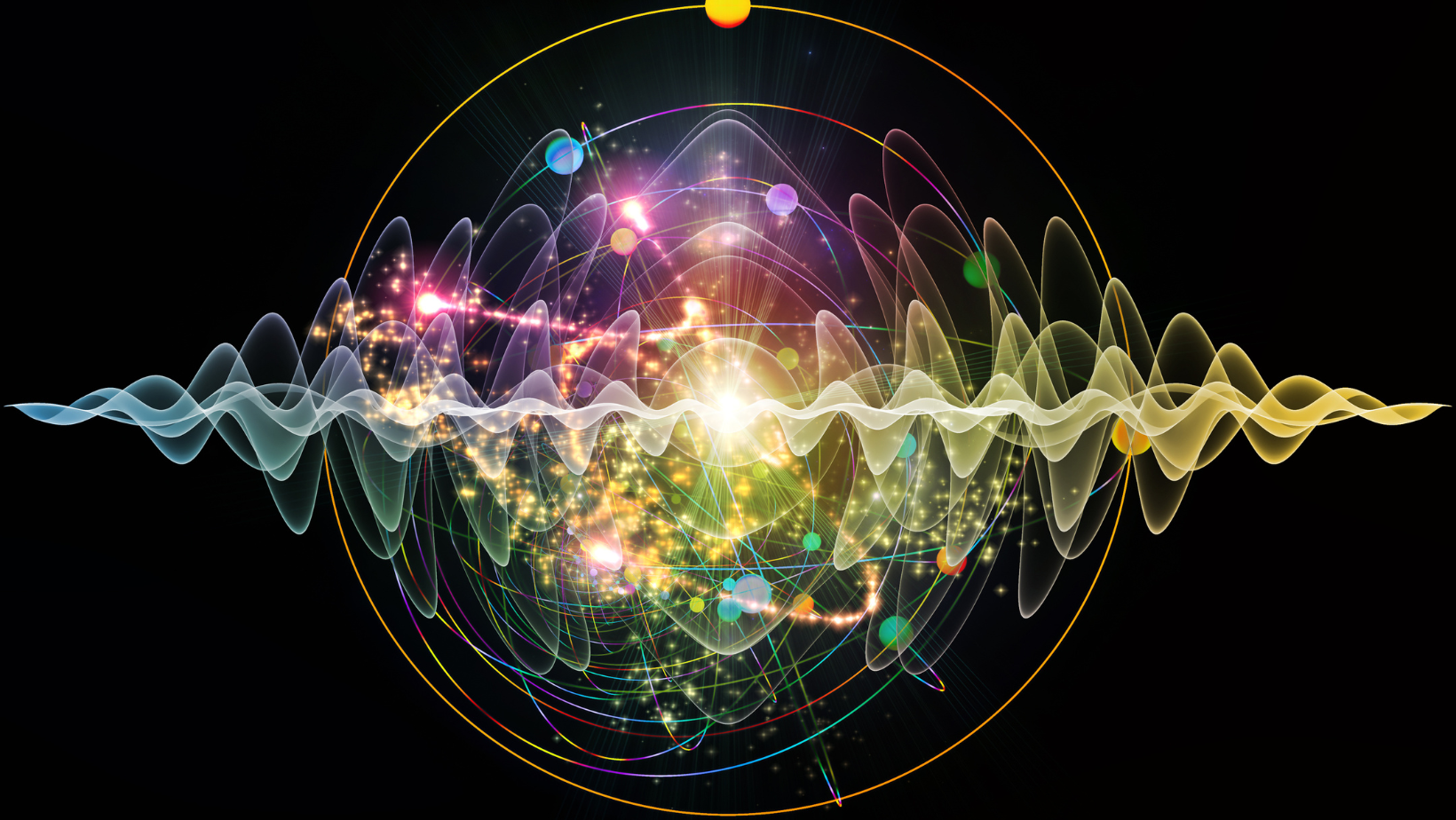
Articles
Learn more about the benefits of Class IV Laser Therapy

The Difference Between Wavelengths
What is in a Therapeutic Wavelength???
Understanding the wavelengths of light in nanometers (nm) is important because it can help us understand how light behaves and interacts with the world around us.
Light is an electromagnetic wave, which means that it travels through space as a combination of electric and magnetic fields oscillating at specific frequencies. The frequency of light is directly related to its wavelength, with shorter wavelengths corresponding to higher frequencies and vice versa. Below is a great key with explanation on the main wavelengths our lasers focus on.
THE 650nm WAVELENGTH
The 650nm wavelength, besides being used as an aiming beam since it is in the visible range, serves a dual purpose by offering laser energy in the class 3B range, thereby stimulating the effects of photobiomodulation. 650nm is best absorbed by the skin, and acts to enhance the effects of the other wavelengths. In addition, this wavelength transfers a great deal of heat energy to targeted tissues, this being therapeutic in and of itself.
THE 810nm WAVELENGTH
The conversion of ATP through molecular oxygen has the highest saturation using the 810nm wavelength. This wavelength has been called the ‘therapeutic’ wavelength, or the ‘Jack of all Trades’ wavelength as it penetrates deeper and affects a wider range of metabolic activity than other wavelength. In addition, the 810nm wavelength stimulates red blood cells to transport oxygen more effectively from the lungs to cells throughout the body, improving the delivery of oxygen molecules to where they are most needed. This wavelength will help regenerate damaged muscle, collagenous, connective, bone, and other tissue types. In the metabolic process, specific proteins including hemoglobin binds to oxygen; the 810nm wavelength enhances rapid activation of the binding process, stimulating more rapid cellular recovery and tissue healing.
THE 915nm WAVELENGTH
The 915nm wavelength is ideally suited to absorption by fluid in the tissues; What this means is enhanced reduction of inflammatory conditions come on reduction of pain due to the reduction of the inflammatory process, enhanced wound healing, and enhanced oxygenation of tissues throughout the body. Oxygen is life; the 915nm allows faster oxygen discharge into the bloodstream, increasing cellular food loads and stimulating increased healing capabilities. hemoglobin assimilation is best accomplished by the 915nm wavelength; for any engine to properly function it needs fuel; the 915nm wavelength provides that fuel and the photomedicine processes ensures the fuel is released and delivered.
THE 980nm WAVELENGTH
Oxygen that is released by the function of the 915nm wavelength needs a transport system; that transport system is H2O. Along with oxygen transport, water helps in the elimination of waste which makes it a dual mode carrier. In the photomedicine process, photon absorption is converted to heat energy. This heat energy creates a controlled thermal environment at the cellular level, triggering microcirculation and the transport of oxygen do the cells that are demanding it. In addition, the 980nm wavelength stimulates the distribution of calcium by transferring it from the mitochondria to the fluid within the cell. Stimulating cells with the 980nm wavelength helps lead to pain reduction, the stimulation of circulation, and enhanced muscle relaxation. In addition, stimulating the brain and the enteric system in the body (epithelial tissues containing mitochondria and suffused with blood) helps to stimulate the production of serotonin, a primary mitigator in the pain reduction process.
THE 1064nm WAVELENGTH
Photomedicine at 1064nm penetrates more deeply into denser tissues than either the 810nm or 980nm wavelengths, meaning metabolic processes deeper in the body are stimulated more readily by this wavelength. Since skin cells contain most of the body's melanin, and the 1064nm wavelength is especially absorbed by melanin, tissue stimulation occurs more readily with this wavelength; mitochondria is more highly populated in epithelial cells than any other cell type; the 1064nm wavelength is an especially effective way to stimulate mitochondria.
Call 866-393-1099
Email: [email protected]
